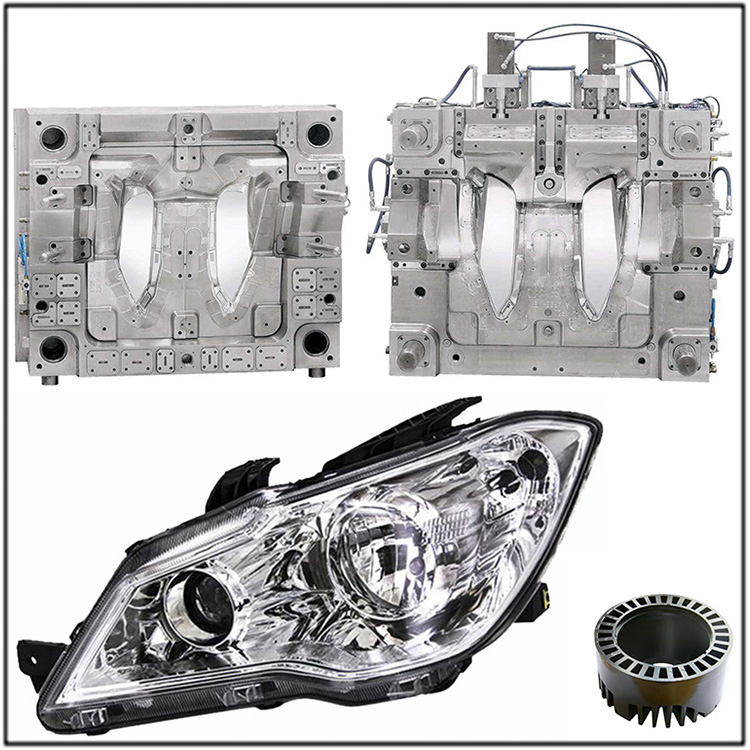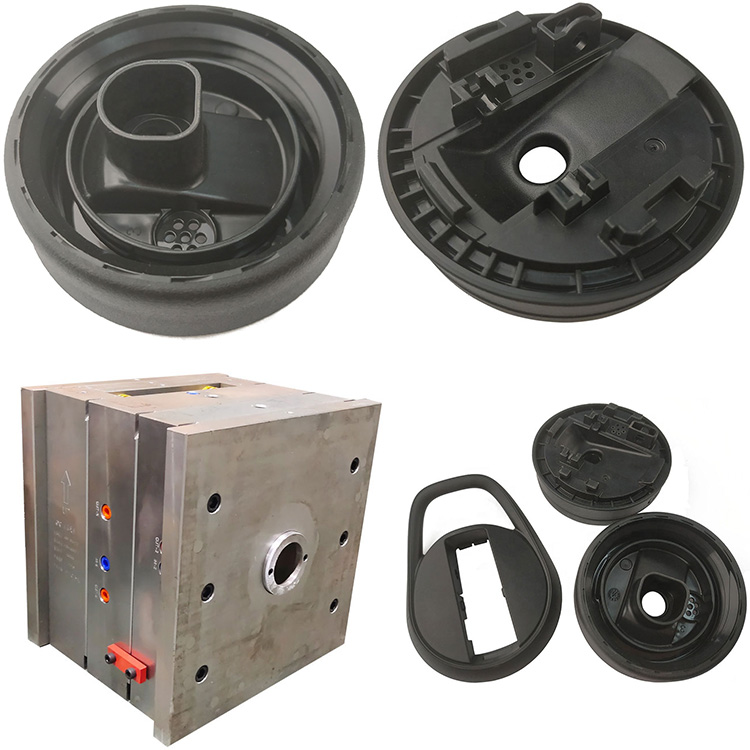
What is The Tolerance Standard For Precision Injection Molds?
In the dimension of interweaving micrometers and milliseconds, every fluctuation of the mating surface of precision injection molds is like a butterfly flapping its wings. The 0.008mm tolerance zone is both a physical boundary and a battlefield of technology and process competition. This precision revolution that surpasses the limits of human perception is quietly reshaping the manufacturing principles from minimally invasive surgical instruments to spaceborne optical systems.
The matching tolerance of precision injection molds is not a fixed value, but a boundary of flowing quality. For consumer electronics components, a tolerance band of ± 0.02 millimeters ensures a smooth fit between the phone card holder and SIM card; In the field of fiber optic connectors, the coaxiality of the mold core must be controlled within 0.005 millimeters, which is equivalent to one fifteenth of a human hair. Behind this dynamic standard system is a triple synergy of materials science, thermodynamics, and mechanical accuracy. The micro strain of mold steel often becomes a precision killer. A German precision injection mold manufacturer has found that traditional Cr12MoV steel will produce a cumulative deformation of 0.015 millimeters after millions of opening and closing cycles. They introduced powder metallurgy technology to control the size of carbide particles below 3 microns, combined with cryogenic treatment process, to break through the dimensional stability of mold cores to 0.002 millimeters per 10000 molds. This breakthrough has increased the yield rate of smart watch ceramic shells from 83% to 97%. This precision control thinking that starts with material genes is rewriting industry rules.
Digital inspection technology is reshaping the tolerance management system. Japanese mold companies use laser interferometers to monitor the gap between parting surfaces online and compensate for machine cutting parameters in real-time in the production of micro connectors. When the system detects a flatness deviation of 0.0015 millimeters, the intelligent correction module will automatically adjust the feed rate in the next processing cycle. This closed-loop control makes the first pass rate of mold assembly approach 99.8%. The more advanced quantum measurement technology has entered the laboratory stage, utilizing the principle of atomic clocks to achieve nanoscale deformation monitoring, indicating that precision injection molds will enter the era of quantum precision.
In the production of joint components for micro medical robots, traditional tolerance standards are facing new challenges. Swiss engineers creatively proposed the concept of "biocompatibility tolerance", which not only considers dimensional accuracy, but also focuses on the influence of plastic crystal morphology on tissue stimulation. By using mold temperature pulsation control technology, PLA material forms a specific lattice structure during molding, which increases the surface cell affinity of the implant by 40%. This cross-border fusion of precision philosophy marks the deep penetration of precision injection molds into the field of biomanufacturing.
The evolution history of precision injection molds, from 5G base station antenna covers to spacecraft optical barrels, is essentially a history of human upgrading of material manipulation capabilities. When mold engineers adjust the needle gap of 0.001 millimeters in the clean room, they forge not only industrial parts, but also the key to the microscopic world. In this era of budding quantum technology, the precision frontier of precision injection molds is still expanding, and every breakthrough in tolerance standards is rewriting the accuracy cognition of modern manufacturing industry.










